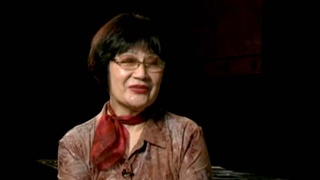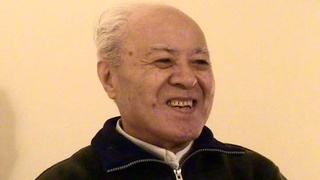Interviews
A lucky man (Spanish)
(Spanish) When we were students in high school we went to Aichi Ken (prefecture), in the Nagoya province. From Nagoya some sixty kilometers away, before there was a marsh where you couldn’t do anything, there was a plane factory. We were working there, but the soil was very loose, and at the time there was an earthquake and only four of my classmates survived; the rest died. For that reason I was as sad as I was lucky. Afterwards, [I was] a survivor in many ways, I believe that I am very lucky, because they told me, “you have to go to Argentina.” It was in 1948, you know, that in Japan, I left from Yokohama and the following week I arrived in San Francisco, and there was an earthquake [in Japan] and many perished, including many relatives. The earthquake was centered in the Fukui province where I was; thus, I truly saved myself. I always think: I become nervous and many times I don’t say to anybody, but I analyze [my past experiences] and I say to myself: “shut up if you are a dead man, [but] you are still alive.” And many times I am relieved by [that thought].
Date: September 18, 2006
Location: Buenos Aires, Argentina
Interviewer: Takeshi Nishimura, Ricardo Hokama
Contributed by: Centro Nikkei Argentino












